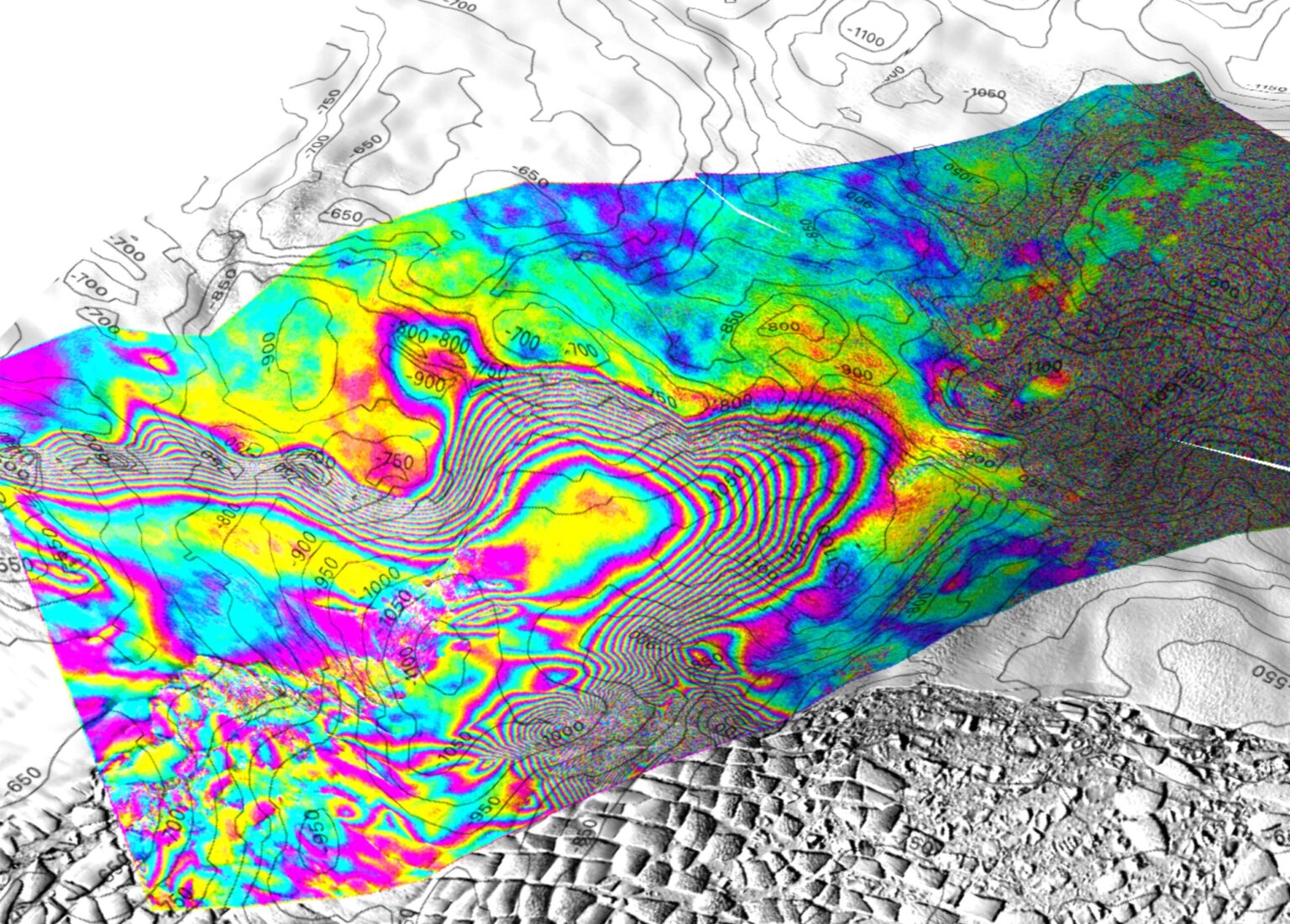Scientists are exploring Antarctica’s Thwaites Glacier in West Antarctica. It is slowly melting and recently glaciologists have had the opportunity to explore how its relief is changing in the process.

Scientists study Thwaites Glacier
Recently, a group of glaciologists from the University of California, Irvine, published a study of Thwaites Glacier, located in West Antarctica. They were interested in how the process of its melting was affected by contact with ocean water. It is known that, in general, such a neighborhood should accelerate the processes of ice destruction.
However, until recently, scientists did not know anything about how these processes occurred with such large chunks of ice. They were helped to investigate this issue by images obtained by satellites of the Finnish company ICEYE. These are the same spacecraft, one of which Ukraine bought for a year for intelligence activities.
A special feature of ICEYE spacecraft is that they use synthetic aperture radars to monitor the Earth’s surface. Thanks to this, they can accurately determine the surface level regardless of the time of day and weather.
That is, they are perfect for determining changes in glacier topography. And the ability to regularly fly over the same place gives us the opportunity to study the dynamics of these processes for several months.
What the ICEYE satellite found out
The ICEYE satellite observed Thwaites Glacier from March to June 2023. Thanks to this, scientists were able to observe how the ice that made up it rose, bent and fell into the sea. The spacecraft received its image three times a day with an accuracy of one cm. Due to this, scientists were able to assess the effect of tides on the processes in it.
Scientists know that seawater freezes not at 0 °C as fresh, but at -2. And it is this difference that causes the glacier to melt intensively. And what is formed when it melts turns out to be below it. This fresh water flows under glacial channels, lifts the ice and contributes to its melting.
Now scientists have the opportunity to refine their models of how the water cycle occurs near Antarctica. In general, its salinity in these places is very low compared to what is observed in other parts of the World Ocean. And now researchers know what role the melting of glaciers plays in all this.
According to phys.org


